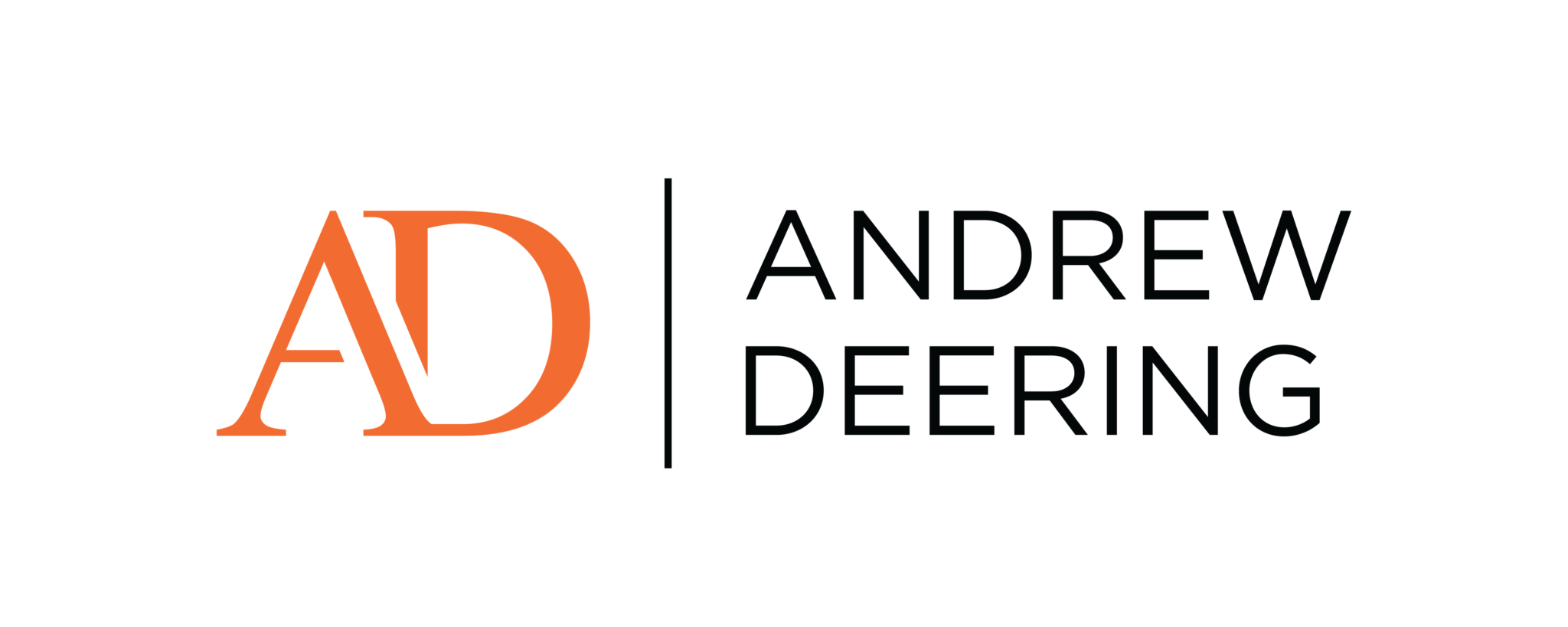
10 Sep Our Limiting Beliefs are Simply That – Ours!
``Whether you think you can or you think you can't, you're right.``
- Henry Ford
When I was a kid, I remember thinking there were no limits to what people could do. I looked at the adults around me and thought they were amazing. They could do anything! And I thought to myself, “If they can do all this stuff, then I can do just about anything I choose.”
I’d give anything a crack. There were no limits in my mind. Sometimes, I succeeded at what I tried; other times, I didn’t. But I never let my failures get the better of me. I wouldn’t have even known to call them failures.
One of the lessons I’ve remembered and tried to apply throughout my life is the one that the wise and faithful Alfred gave to Master Bruce in Batman Begins: “Why do we fall, sir? So that we can learn to get back up again.”
The problem is, the older we get, the more we fear the fall. The more we avoid it. Our fears and insecurities create limits in our mind that we believe to be true.
It’s all in the mind
The mind is a powerful thing. It has the potential to enable or derail us. Let me give you an example.
Elephants are introduced into the circus when they are very young. At this age, they are curious and want to roam. But the circus trains them to be passive. They do this by tying a rope around the elephant’s neck and attaching the other end to a pole. When the elephant tries to walk away, the rope stops it. The elephant pulls on the rope, but to no avail. It can’t budge it. The elephant learns it isn’t strong enough to break its shackles; it can’t get away. It realises there is an insurmountable limit to what it can do, and eventually, it stops pulling the rope and stays still.
The elephant becomes accustomed to its shackles, and even as it grows and becomes many times its baby size, it doesn’t try to break free. Previous experience tells the elephant there is no point resisting the rope. The limit imposed on it by the circus as a calf has become its entrenched belief; it has become its truth.
Limits have a similar way of getting inside our subconscious. They are the shackles that find a home within us, dictating what we think we can do and what we believe we can become.
How can we expect to build great companies, teams, families, and even ourselves if we allow limiting beliefs to rule our lives?
Internal and external beliefs
Where do our limiting beliefs come from?
Previous experience plays a huge role.
Perhaps you have tried something – it could have been once or many times – and it didn’t work. Afterwards, you told yourself, “I failed at that, I can’t do it, so there’s no point even trying.” Your perceived failure becomes your truth. This is an internal limit.
Limits also come from others’ expectations and evaluations.
Have you ever been told, “You’re no good at this,” “You’ll never be able to do that,” or “You’re just not that kind of person”? This is an external limit.
In both instances, we have a choice. We can choose to place internal limits on ourselves, and we can choose whether to internalise the external limits others place on us.
Be clear; this is a choice.
Common limiting beliefs
Limiting beliefs make us less effective in all areas of our lives. They stop us from trying and doing and have the potential to stifle our opportunities.
Let’s look at some common limiting statements that no doubt you have said to yourself at some point:
• I’m not good enough.
• I haven’t had enough experience yet.
• Nobody is interested in my ideas.
• I don’t have the skills.
• I’m too young.
• I’m too old.
• It’s impossible.
• The world doesn’t care.
• I don’t have the time.
Are any of these statements objectively true? Where’s the evidence? And by evidence, I mean real, hard, repeatable, data-driven evidence. Not just the stories in our heads.
When you think this through, the next question to ponder is: how often do we allow these kinds of unhelpful stories to become our truths?
As for me, I have struggled with limiting beliefs around work and money.
In my 30s, I started to believe that money was the root of all evil. This was hugely problematic for me. I had successfully built a property portfolio of 31 houses; then, due to some limiting beliefs, I decided to sell them all. I then put my money in someone else’s hands to manage, as I wasn’t good enough to manage it (limiting belief alarm bells, anyone?). You have heard this tale before. It didn’t go so well, and I lost the profit I’d made and a whole lot more.
I put myself and my family a step backwards purely because I believed I didn’t deserve the success I’d achieved.
So, as you can see, our limiting beliefs can have enormous consequences – not just for ourselves, but for our teams, colleagues and loved ones.
How do we shift our beliefs? The four-step process
Awareness is the key. We can’t fix what we don’t know exists.
As soon as we become aware of our limiting beliefs, we can look at them critically.
So, the steps:
1. Capture those critters.
The first step is to capture all those little whispers of “I can’t”, “I’m not”, “I shouldn’t” in your head. Write them down, record them into a microphone, do whatever you need so those nasty little critters are captured somewhere. Once you have identified and recorded your limiting beliefs, you need to work through them.
The next three steps are where the work steps up.
2. Ask yourself, “Is this really true?”
Say the belief aloud and scrutinise it, a few times. Does it actually fit? How do you feel when you say it out loud? Take note of your physical feeling, as well as your emotional feeling. Look for objective criteria and real examples of this belief being an absolute truth. Is there any hard proof that validates it?
3. Identify where your belief has come from.
Is it internal or external, as we discussed above? Is it something you have acquired through experience, or has it come from your parents, peers, other people? Following the trail of breadcrumbs to the belief’s origin can allow deeper insight into what makes it tick. The more we know what makes it tick, the more able we are to remove it from our world.
4. Shift your belief.
Disown your unhelpful belief. Make the conscious decision to let it go. It is no longer welcome in your head. This may seem like an over-simplification of what’s required, but there is profound power in the statement, “I recognise this limiting belief, I no longer choose it. It’s not true for me.” Replace your limiting belief with a more helpful and enabling one.
Critical to this process is finding examples of why your limiting belief isn’t true. For me, money was the root of all evil. But I knew plenty of great people who had plenty of money, and some who didn’t. They were both generous in how they served others through their wealth. So, with this evidence, I knew that money was not evil and that we could choose to do wonderful things with it. This is my current, much more useful belief. I’ve re-written my story.
Remember, creating new beliefs is a conscious process – it doesn’t just happen. After all, we are replacing something that has clawed deeply into our mind, sometimes buried there for many years, sometimes with deep roots.
The great thing is that once we change what we believe, we fundamentally change who we are. We change the way we act and feel. We feel renewed, energised, inspired and have greater clarity. Things begin to manifest in our lives that we did not previously think possible. The wall comes down.
So, every time you hear that negative little whisper, grab it, follow the four-step process. Be kind and generous to yourself in the process. Let’s see what changes.
I’d love to hear how you go.
Be kind, be well, be true, be you.
Andrew Deering
Organisational Capability Expert
Coach | Facilitator | Author of Creating the SHIFT
0459 806 046
ad@thedeering.com
Did you find this useful?
If you did, you might find my newsletter valuable. I share my reflections, thoughts and other things I hope are useful regularly via this medium.
If you’d like to subscribe, fill in this short form. I look forward to connecting there and continuing the conversation.
p.s.
If you’d like to keep the conversation going, there are a few other ways we can stay connected.
Get your copy of my book, Create the SHIFT
Click here to get a copy – or reach out via email.
Stay connected
I share my reflections, thoughts and other things I hope are useful on LinkedIn every day, along with a number of other platforms.
Lets talk
If you’re interested in working together, give me a call or send an email. I’d love to have a conversation with you.
Be kind, be well, be true, be you.
Andrew Deering
Organisational Capability Expert
Coach | Facilitator | Author of Creating the SHIFT
0459 806 046
ad@thedeering.com
Did you find this useful?
If you did, you might find my newsletter valuable. I share my reflections, thoughts and other things I hope are useful regularly via this medium.
If you’d like to subscribe, fill in this short form. I look forward to connecting there and continuing the conversation.
p.s.
If you’d like to keep the conversation going, there are a few other ways we can stay connected.
Get your copy of my book, Create the SHIFT
Click here to get a copy – or reach out via email.
Stay connected
I share my reflections, thoughts and other things I hope are useful on LinkedIn every day, along with a number of other platforms.
Lets talk
If you’re interested in working together, give me a call or send an email. I’d love to have a conversation with you.

